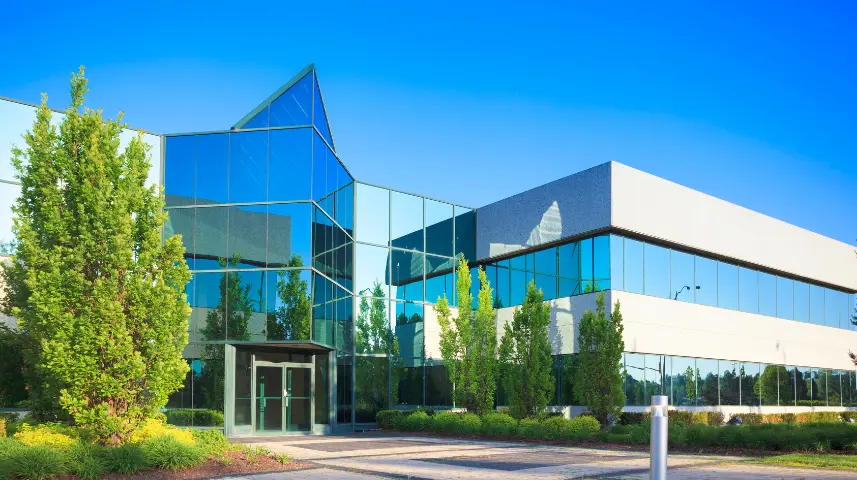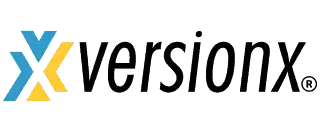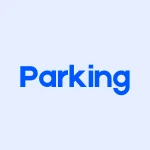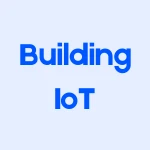
Building Management System in A Business Park: Tackling 10 Common Everyday Challenges with IoT Solutions
Building management in a business park can be quite a task, and it has its own unique challenges. Besides, "traditional" building management systems are inadequate to deal with the complex problems faced by business parks today.
In this blog, we take a look at some of the common issues faced by business parks when dealing with their buildings' systems. These are based on our interactions with the teams of a few companies facing these challenges.
We also offer a few ideas and solutions to these challenges.
1. Multi-Vendor Integration Issue
One of the biggest problems in building management is that different systems from different vendors don't always play nice together. Why? Well, it's a bit like trying to have a conversation when everyone is speaking their own language, using secret codes. Plus, if the people in charge of these systems change, it can make things even more complicated.
Solution: The best solution is to use a cloud-based system - where all the different systems in buildings can talk to each other and be controlled from one place. So, you can manage and see what's happening in all the buildings from a single location. It's like having a remote control for all the office campuses.
“It's like having a remote control for all the office campuses.”
2. Dependency on Manual Operations
Many building management systems still rely on people to control and monitor everything from a central location. This only creates a lot of manual work, while increasing operational costs.
Solution: The digital systems make things automatic, like running a machine. It shows what's happening right now on a screen, and it lets authorized personnel make decisions. It doesn't need a lot of people to run and take care of it because it mostly does things on its own. It's like having a smart helper that can do a lot of the work for you, without many people to look after it.
3. Management of Tenant’s Space
Managing the space that tenants occupy can be a challenge. Often, tenants have their own separate management and security systems. Coordinating with the building's system can be costly and time-consuming.
Solution: Using the IoT-based system, we can easily control who has access to different areas of a building. This is useful for both landlords and tenants.
It makes the rental space attractive because it's already set up and ready for tenants to move in. This can help lease the space quickly.
It makes it easy for the facility management team to schedule maintenance in the tenant's space. They can do this with simple permissions through an app or email.
Even if tenants want to use their own security system, it can connect to the main visitor management system. This way, everyone can work together smoothly. It's all about making things convenient and efficient for everyone involved.
4. Ground Level or Field Issues
Sometimes, sensors and control panels in the field don't respond quickly when something goes wrong. This can be due to communication problems between devices or controllers. It's like your TV remote not working when it's not pointed directly at the TV.
Solution: With edge computing, the sensors and controllers are like smart helpers that can make decisions on their own with the pre-fed algorithms and can manage themselves at their end. Even if we don't use the smart control, these devices can still communicate with the cloud very quickly.
5. Faulty Alarm Systems
Getting a bunch of annoying alarms from the electrical systems is an issue. Your team doesn't really need to deal with most of them. The reason these alarms keep going off is because the system that's supposed to sort out the important alarms from the unimportant ones isn't very good at its job. So, the problem is that the system can't tell which alarms are actually important and which ones are just a bother. It's like getting too many notifications on your phone that you don't really need.
Solution: The best solution is to use "edge computing." It means we can command the sensors or their controllers how to analyze data right at the place where the data is collected. This way, we can make sure we only get important alarms and not a bunch of annoying ones.
6. Preventive and Predictive Maintenance
Many current building management systems lack features related to preventive maintenance. This means that the facility management team has to keep manual records and checklists for maintenance schedules.
Without a system to remind them, they might forget to do important maintenance tasks. On top of that, these systems often don't provide real-time information to predict when an equipment might stop working, making it hard to fix things before they break.
Solution: Preventive maintenance: This is like having a schedule for taking care of equipment. With digital tools, you can put that schedule in the system, including checklists for each piece of equipment and how to do the maintenance. It's like setting reminders to keep everything running smoothly.
Predictive Maintenance: This keeps important information about equipment in digital form. For example, the system alerts when a part, like a bearing, gets old and needs to be replaced.
It also keeps track of when things like oil and filters need changing. The system keeps an eye on this data and tells us when it's time to do maintenance.
It can even send alerts through email or an app to the right people. This helps manage equipment better and avoid unexpected breakdowns. It's like having a smart system that tells you when something is about to go wrong so you can fix it before it becomes a big problem.
7. Administrative Capabilities
Managing and operating a building can be a hassle, especially when different vendors or installers need access to various areas. The current process for granting access can be slow, causing delays in addressing issues or faults.
Solution: With digital tools, you can control who gets to go where in a building. You can group vendors or visitors into different categories, like "Able to access everything" or "Only allowed in certain areas."
And the people in charge can easily manage these permissions from their mobile phone apps. It's like having a virtual key that opens only the doors you're allowed to go through, and the people in charge can change this with their phones.
8. Navigation for Visitors and Vendors
In some cases, there's no system in place to help visitors and vendors find their way around the building easily. This can be frustrating for everyone, wasting time and causing confusion.
Solution: Imagine a system that guides people in a big place, like a large office complex. It creates a map of where everything is and sends directions to people's phones. So, visitors can easily figure out where they need to go with just a little bit of effort. It's like having a GPS for your workplace, and it can even show you where you are on the map if you're in a tricky situation. Plus, it helps people find the way out quickly in case of an emergency.
9. An Integrated Visitor Management System (VMS)
Traditional systems are standalone systems. Normally, visitor management systems don't always integrate well with the access control system. This means that data entered into one system might not be updated in the other. This duplication of effort can reduce efficiency and cause operational headaches.
Solution: With the digital system, we can sort vendors or visitors into different groups and decide what parts of a place they're allowed to go to. The people in charge can do this easily using their mobile phones. It's like giving people different keys that only open certain doors, and the authorized persons can change these keys using their phones.
10. Manual Intervention
Many tenants use their own systems to manage their spaces and security. This costs them extra money and takes time to set up before they can use the space. Also, with respect to shutdowns or maintenance - there is no calendar-based system or automated alerts. So, this process takes a lot of time, and sometimes messages get lost.
Solution: Using the IoT system, you can set up and manage office spaces and security access easily. Here's why it's a good idea: it makes business more attractive because you provide spaces that are ready for tenants to move into. This can help you lease the spaces faster.
The maintenance team can now easily take care of the spaces tenants rent. They can schedule maintenance easily through an app or email.
So, it's all about making things convenient for both you and the people who rent your spaces.
Conclusions
Technology is supposed to make things easier. The challenges faced by business parks and large building systems shows that there's much room for improvement in building management systems.
We at VersionX are leveraging IoT to create an integrated, scalable, and forward-thinking building management and process automation solutions for large business parks.
Our goal is not just to integrate systems onto a unified platform, but to drive operational efficiency, reduce costs, enhance safety and quality, manage resources effectively, and circumvent potential IoT risks.






